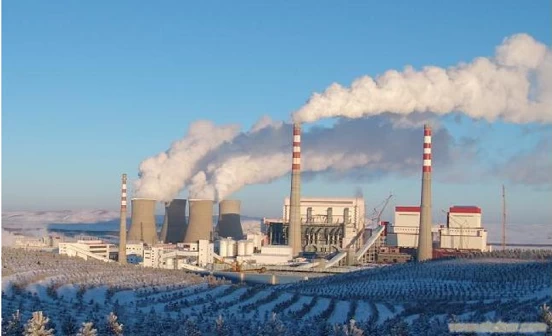Boiler Terminology Explanation (Part 13)
Boiler Terminology Explanation (Part 13)
121.Grindability Index
The grindability index characterizes the ease with which coal can be pulverized. Its measurement is based on the laws of comminution, which state that the energy consumed in grinding coal is proportional to the newly generated surface area. Currently, the most widely used methods are the Hardgrove method and the All-Union Thermal Engineering Institute method. In industrial applications, such as those involving high-pressure steam systems, selecting the appropriate Pressure seal gate valve is crucial to ensure safety and efficiency in coal-fired power plants.
122.Abrasion Index
The abrasion index represents the degree of wear coal causes to metal grinding components during the crushing process. The YGP (Yancey, Geer, and Price) method is commonly used to measure the coal sample's wear impact on pure iron under standardized conditions.
123.Coal Fineness
Pulverized coal consists of irregularly shaped particles of varying sizes, typically ranging from 1 to 500 μm. Its fineness is generally measured using a standard sieve, with the percentage of coal remaining on a sieve of mesh size x (μm) represented as Rₓ (%).
124. Density
Coal density is typically expressed in different ways, including true density, apparent density, and bulk density.
True density: The ratio of the coal’s mass to the mass of an equal volume of water (excluding internal and external porosity) at 20°C.
Apparent density: Also known as pseudo-density, it is the ratio of the coal’s mass to the mass of an equal volume of water (including internal and external porosity) at 20°C.
Bulk density: The apparent density of pulverized coal in its naturally accumulated state.
125. Free Swelling Index (FSI)
The free swelling index characterizes the caking property of coal. It is determined by heating coal under standardized conditions and comparing the resulting coke lumps with a set of standard coke profile images to assign a swelling index number.
126. Ash Fusion Temperature (AFT)
Coal ash does not have a fixed melting point but rather a melting range. The most commonly used method worldwide, including in China, is the cone method, which determines three characteristic temperatures:
Deformation Temperature (DT): The temperature at which the tip of the ash cone begins to round or bend.
Softening Temperature (ST): The temperature at which the cone bends until its tip touches the support plate or the cone becomes spherical, forming a hemisphere with a height no greater than its base length.
Fluid Temperature (FT): The temperature at which the cone fully melts or spreads into a thin layer no thicker than 1.5 mm, also known as the melting temperature.
Some countries determine these characteristic temperatures using a high-temperature microscope to observe the melting characteristics of columnar ash samples.
127. Ash Viscosity
Ash viscosity represents the flow characteristics of molten ash at high temperatures. It is typically measured using a molybdenum wire torsional viscometer, determining melt viscosity within the range of 1–10⁵ Pa·s at temperatures below 1750°C, based on Newtonian friction law.
128. Controlled Circulation Boiler
A controlled circulation boiler is a boiler in which a circulating pump is installed between the downcomer and riser in the circulation loop to assist water circulation and enforce forced flow. It is also called an auxiliary circulation boiler. It includes three types:
Controlled circulation drum boiler, developed from a natural circulation boiler, with a circulation ratio of 2.4–2.5.
Low-ratio circulation boiler, evolved from once-through boilers with steam-water separators, with a circulation ratio of 1.2–2. Both types rely on the density difference between the working fluid in the downcomer and riser, along with the pump head in the circulation loop, to establish fluid circulation.
Hybrid circulation boiler, which operates as a pure once-through boiler under high load and switches to low-ratio circulation with the circulation pump engaged under low load conditions.
129. Circulating Pump
A circulating pump is a high-temperature, high-pressure, single-stage centrifugal pump with a large flow rate and low head, installed in the steam-generating system of a boiler to enforce forced flow. The pump's electric motor and impeller are housed within the same casing, submerged in high-temperature, high-pressure water. Key technologies include the insulation protection of the motor and the design of the motor rotor bearings.
130. Boiler Evaporating System
The boiler evaporating system consists of the heat-absorbing surfaces and connecting pipelines that heat the working fluid to generate steam. Based on the source of the primary driving force for fluid movement, the system is classified into three basic types:
Natural Circulation: Utilizes the density difference between the working fluid in the downcomer and riser to drive water circulation.
Controlled Circulation: Incorporates a circulating pump between the downcomer and riser to assist water circulation and enforce forced flow.
Once-Through Flow: Uses the head of the feedwater pump to enforce a single-pass flow through the evaporating system.

 +86 512 68781993
+86 512 68781993 


















